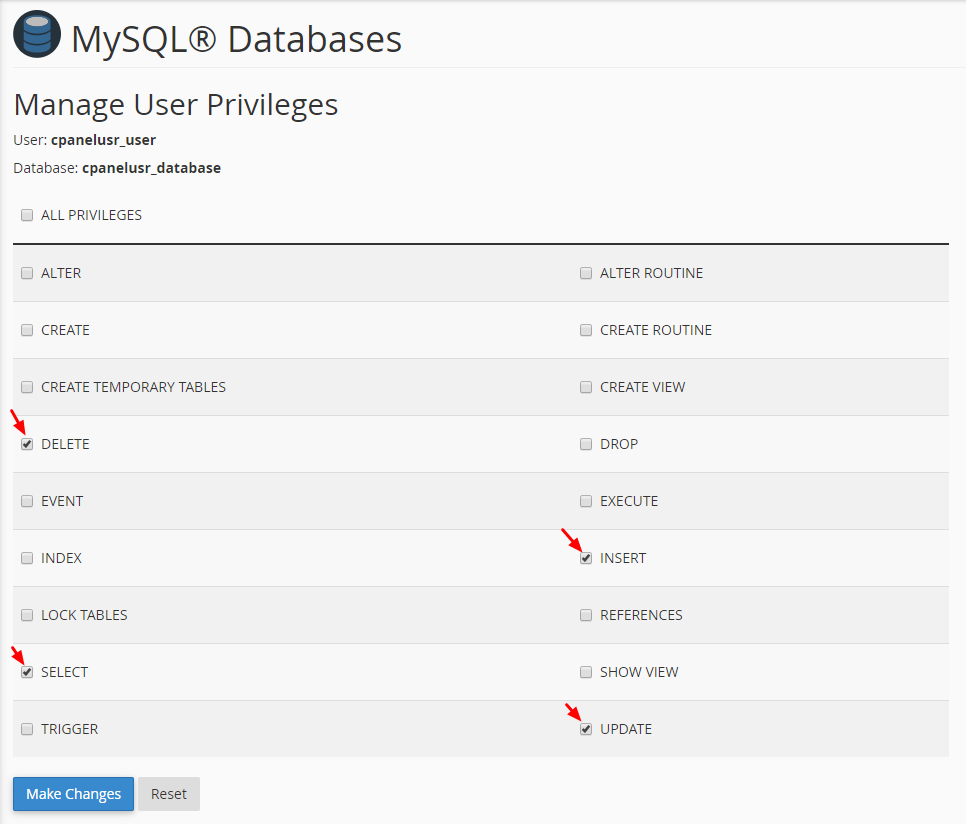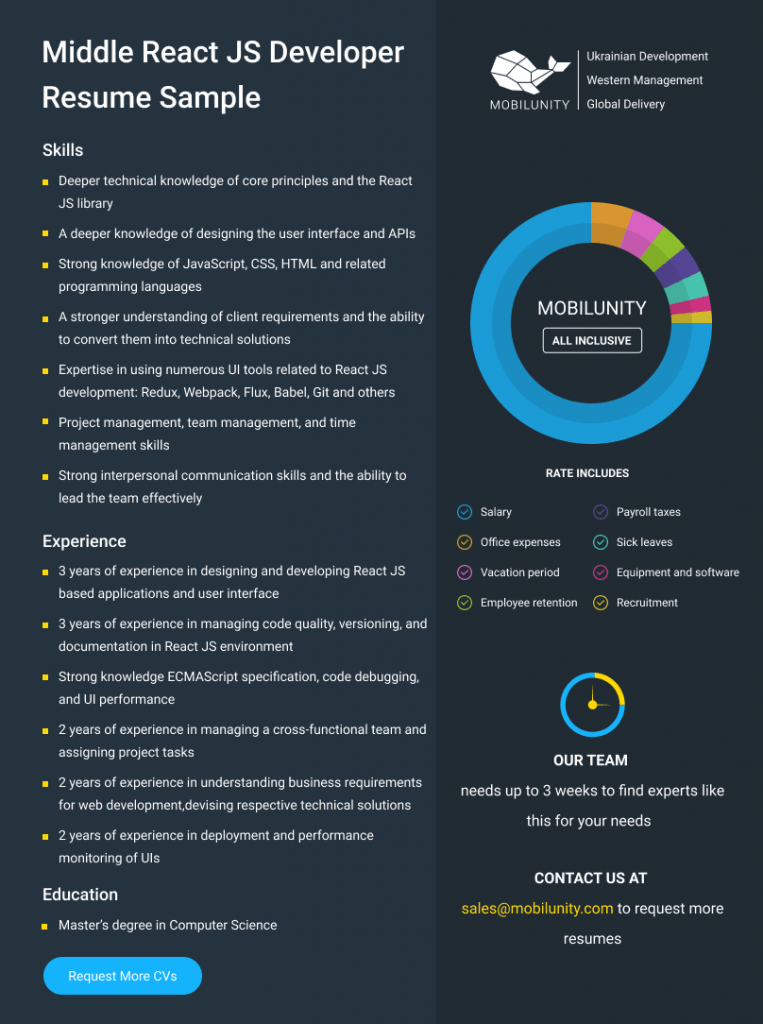Implementing a Highscore Table using MySQL in Unity 2018 Since the release of the Unity 2018 that provides the support for.NET Framework 4.x developers can relatively easy integrate MySQL functionality into Unity applications. 1h 5 mins mkv, 1280x720, 15 fps aac, 44100 Hz, stereo, s16 317 MB Genre: eLearning Language: English One of the most widely used topics in Unity engine building is the ability to connect to various databases, especially the mysql database. This course will address this issue in detail. Unity and MySQL Connection. 14 Days Free Access to USENET! Free 300 GB with Full DSL-Broadband Speed! One of the most widely used topics in Unity engine building is the ability to connect to various databases, especially the mysql database. This course will address this issue in detail. Find this & other Network options on the Unity Asset Store. Get the Mysql Database Pro package from Tersein Game and speed up your game development process. Find this & other Network options on the Unity Asset Store. Sprint into Spring Sale is on: get 50% off top assets and score extra savings with coupon code SPRING2021. The Udemy Unity: MySQL Database Management free download also includes 4 hours on-demand video, 7 articles, 66 downloadable resources, Full lifetime access, Access on mobile and TV, Assignments, Certificate of Completion and much more.
In this short tutorial, I’m going to explain how you can add MySQL capabilities to your Unity application. This will allow you to connect to a MySQL database from your application and fill the database with some data (e.g. users’ scores). To do so, you first of all need to obtain a MySQL Connector. Not every version of the Connector, however, will work with Unity. To obtain the Connector do the following steps:

- Go to https://dev.mysql.com/downloads/connector/net/
- Click on the “Looking for previous GA?” link.
- Select Version: 6.7.9 (This is the last version that contains the library compiled with the .Net 2.0 Framework)
- Select Platform: .Net & Mono
- Click on the “Download” button.
- Extract the files to a directory of your choice.
Next, we will create a new database schema with a table that can store string values. You can do this using MySQL Workbench.
- Open MySQL Workbench
- Connect to the local database.
- Create a new schema in the connected server and call it unity.
- Set unity schema as default schema by clicking on it with the right mouse button and selecting “Set as Default Schema”.
- Create a new table in the unity schema, call it scores, and define 3 columns: idscores as INT, playername as VARCHAR(45), and playscore as INT.
- Set the following flags for the idscores column: Primary Key, Not Null, and Auto Increment.
- Set the following flag for the columns playername and playerscore: Not Null.

Now we need a new user who will have privileges to write in and read from the unity schema.
Unity Database
- Click, in the navigator panel of the MySQL Workbench, on the User and Privileges link.
- Click on the button “Add Account”.
- Define a username of your choice.
- Leave Authentification Type as Standard (I had a problem to connect to the DB from a Linux machine while using other Authentification Type)
- Leave Limit to Hosts Matching as %. This will allow you to connect from any machine.
- Define a password of your choice.
- Leave Account Limits and Administrative Roles settings unchanged.
- On the Schema Privileges panel click on the button “Add Entry…”.
- Activate the option “Selected schema”, select the unity schema, and click on “Ok”.
- Next, provide the object rights: SELECT and INSERT for the entry and click on “Apply”.
Finally, we will write a small Unity application that will connect to a MySQL database and write a test-string into a table.
Unity Mysql Connection
- Create a new Unity project
- Drag-and-Drop the MySQL.Data.dll file into the Assets folder (You are interested in the library that lies in the v2.0 directory)
- Next, you have to copy the System.Data.dll file into the Assets folder. If you work on Windows, then you can find the file in C:Program FilesUnityEditorDataMonolibmono2.0
- Finally, create a new C# script and put the following code into it:
Unity Mysql Without Php
Add an empty GameObject to your scene and put the script on it. Now each time you start the game a new entry will be added to your database. You can check it in the MySQL Workbench by clicking with the right mouse button on the table, selecting “Select Rows – Limit 1000”, and clicking in the appeared window on the lightning symbol.
